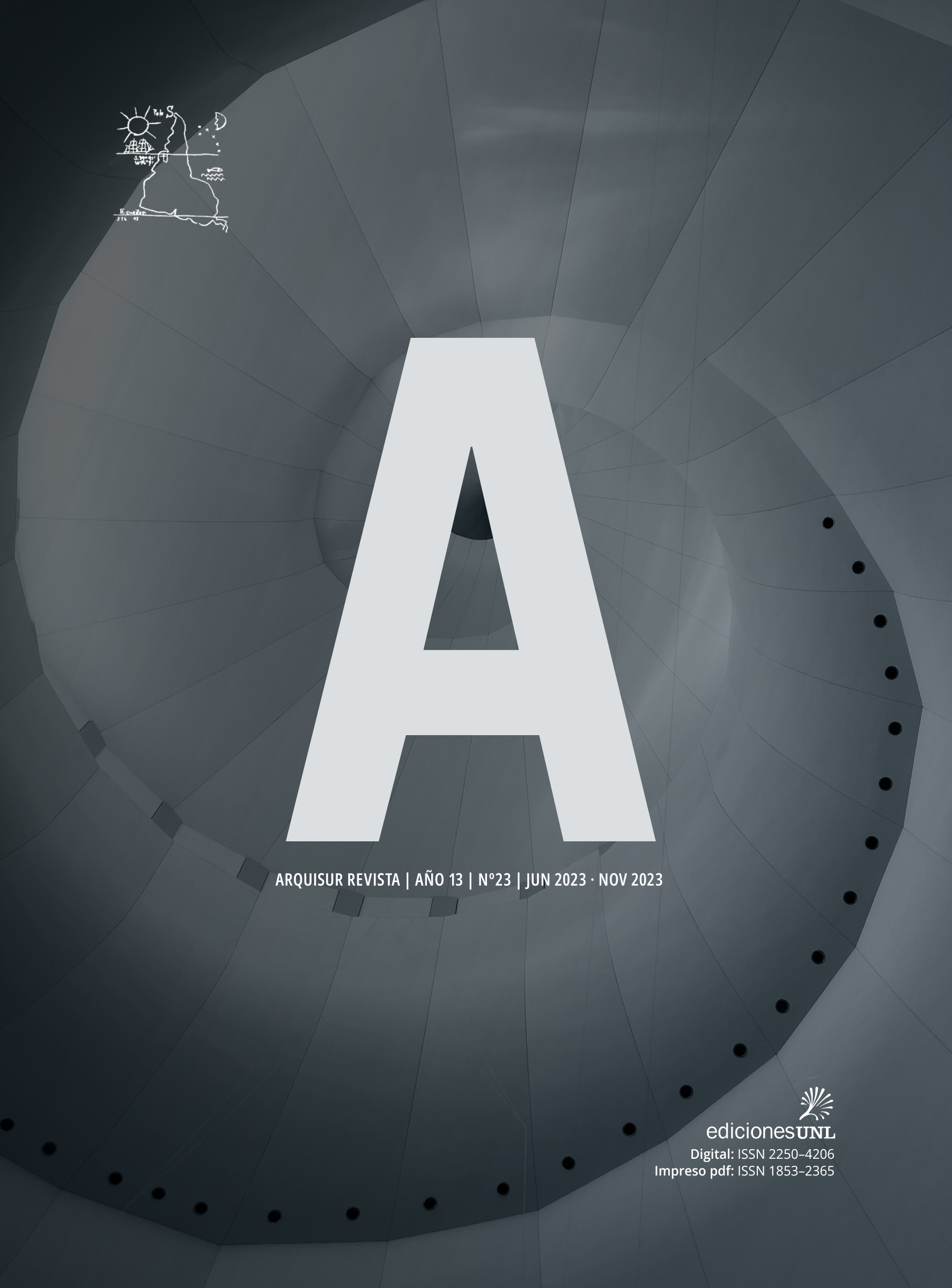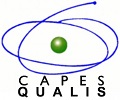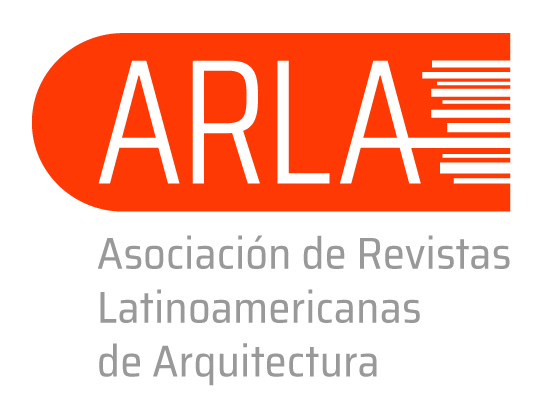Philosophy and religious architecture
The memory of the catholic worship building
DOI:
https://doi.org/10.14409/ar.v13i23.12473Keywords:
contemporary architecture, worship, religious buildings, metaphysics, perception.Abstract
This reflective work arises from the conviction that the fundamental object of the ecclesiastical building of Catholic worship goes further beyond the limits of serving as support for the liturgical program. From the common ground of the profane, its essential task lies in the sensible concretion of a fundamental ‘vision’ of existence (God–I–world). Based on the philosophical trends that characterize the interaction of the immanent and the transcendent, this work is intended to enrich the most opportune paths of thought and action for the effective resolution of the religious program, contemplating its anchorage in the secular world without retracting its ‘sacred’ character. To this end, after inquiring into the primitive nature of these enclosures and their resignification over the past century −attending in parallel to metaphysical and epistemological transformations of contemporary culture− their current production will be explored through five small chapels, granting special interest to their aesthetic and symbolic qualification. This journey will enable the construction of a particular frame for the general outlook of this architecture to identify new modes of representation of the sacred in which the ‘architectural materiality’ prevails as a resource for updating the cultic memory.
References
BERMÚDEZ, J. (2015). Transcending Architecture. Contemporary Views on Sacred Space. The Catholic University of America Press.
BURRIEL BIELSA, L.; FERNÁNDEZ–COBIÁN, E. (2015). Le Corbusier. Proyectos para la iglesia católica. Diseño.
CASSIRER, E. (1968). Antropología filosófica. Fondo de Cultura Económica.
DEBRAY, J. R. (2010). Vida y muerte de la imagen en Occidente. Paidós Comunicaciones.
FERNÁNDEZ–COBIÁN, E. (2019). Arquitectura religiosa del siglo XXI en España. Diseño.
GIL, P. (1999). El templo del siglo XX. Buenos Aires: Ediciones del Serbal
GILSON, É. (1961). Pintura y realidad. Aguilar.
GILSON, É. (1974). El realismo metódico. Ediciones Rialp.
GILSON, É. (1979). El ser y los filósofos. EUNSA.
HIRSCHBERGER, J. (2012). Breve historia de la filosofía. Herder.
JEREZ, J. L. (Comp.) (2015). El giro ontológico. Círculo Hermenéutico.
NORA, P. (2008). Los lugares de la memoria. Trilce.
PLAZAOLA, J. (2006). Arte sacro actual. Biblioteca de Autores Cristianos.
PITITTO, R. (2017). Pensare l’architettura. Diegone Edizione.
REALE, G. (1985). Introducción a Aristóteles. Herder.
RAMIREZ, M. T. (Coord.) (2016). El nuevo realismo. La filosofía del siglo XXI. Siglo XXI Editores.
RAND, A. (2011). Introducción a la epistemología objetivista. Grito Sagrado.
RAND, A. (2009). El manifiesto romántico. Grito Sagrado.
RATZINGER, J.; RANHER, K. (2012). Revelación y tradición. Herder.
SCHNELL, H. (1974). La arquitectura eclesial del siglo XX en Alemania. Schnell & Steiner.
SERRA PÉREZ, M. Al. (ene.–jun. de 2020). Metafísica del Éxodo: El esse tomista según Gilson, E. En Carthaginensia: Revista de estudios e investigación, 36(69), 183–207.
ZÁTONYI, M. (2011). Juglares y trovadores: derivas estéticas. Capital Intelectual.
Fuentes
JUAN PABLO II (1987). Duodecimum Saeculum.
JUAN PABLO II (1998). Fides et Ratio.
TOMÁS DE AQUINO (s.f). Summa Teológica.
CONCILIO VATICANO II (1965). Gaudium et spes.
PÍO XI (1923). Studiorum Ducem.
Published
How to Cite
Issue
Section
License
Copyright (c) 2023 ARQUISUR Revista

This work is licensed under a Creative Commons Attribution-NonCommercial-NoDerivatives 4.0 International License.
ACCESO ABIERTO
ARQUISUR Revista es una publicación de acceso abierto y sin ánimo de lucro. No se imputan cargos por la recepción, revisión, evaluación, publicación ni acceso a sus contenidos. Se distribuye bajo una Licencia Creative Commons CC Atribución-NoComercial-SinDerivadas 4.0 Internacional (CC BY-NC-ND 4.0): No se permite un uso comercial de la obra original ni la generación de obras derivadas. Esta licencia no es una licencia libre, y es la más cercana al derecho de autor tradicional.
DESCARGO
Los criterios expuestos en los artículos son de exclusiva responsabilidad de sus autores y no reflejan necesariamente la opinión del Comité Editorial ni de la Dirección Editorial Técnica. Los derechos de los artículos publicados pertenecen a sus autores o editoriales. Los autores ceden sus derechos de publicación al Centro de Ediciones de la Universidad Nacional del Litoral de Santa Fe, Argentina.














